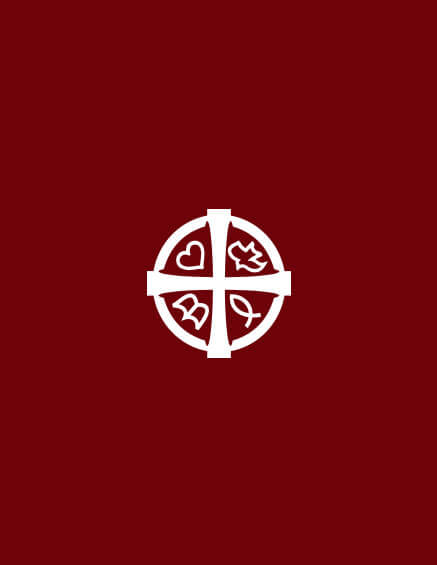Icon of the Transfiguration Explained
The Icon of transfiguration depicts the event of Christ taking the Divine form before the Apostles Peter, James and John on a mountain which is identified as Mount Tabor according to Christian tradition. This event is found in three of the four gospels: St Matthew 17:1–9, St Mark 9:2–8, and St Luke 9:28–36. This icon has many details that help us understand the deeper, hidden meanings of the Transfiguration event.
![]()
1. The Central Figure—Jesus Christ
The image of the Lord Jesus Christ is depicted in the middle of the icon. In most transfiguration icons, the right hand of Christ is lifted up as the sign of blessing and His left hand contains a scroll that signifies He is the Word of God in the flesh.
The perfect circle of light around Christ represents His divine glory and transforming light. The halo around the head of Christ has an “O” written which means “I Am”. This refers to the name of God revealed to Moses in Exodus 3:14, showing that Jesus Christ is the divine Son of God.
![]()
2. Prophet Elijah And Moses
On the two mountain peaks to the left and right of Christ stand Prophet Elijah and Moses. The Gospels mention only one mountain but the icon shows separate peaks to remind us that both Moses and Elijah had encountered God on Mount Sinai and Mount Horeb during their earthly lives. Now, during this event, they have yet another encounter with God incarnate on Mount Tabor.
While Elijah represents the prophets, Moses is depicted as holding the stone tablets containing the Ten Commandments which represents the Law. Thus, Moses and Elijah bowing down to Christ signifies that Jesus Christ is the fulfillment of the Law and the Prophets, the complete revelation of God.
Moses and Elijah also represent the dead and the living. Elijah represents the living as he was taken up by a chariot of fire and Moses on the other side tasted death.
3. The Three Apostles
The Apostles Peter, James, and John are depicted below Christ, showing their response towards the transfiguration of Christ. They are terrified and seen to be in a fallen posture as recorded in the Gospel of St Matthew.
James has fallen over with his hands over his eyes and John in the centre as fallen prostrate and Peter with his right hand rose expressing the desire to build the three booths. The garments of the apostles are in disorder to represent the impact on them due to the overwhelming sight.
![]()
Photo by Alexander Ainetdinov is licensed under CC BY-SA 2.0
Why we observe the Feast of the Transfiguration
The Transfiguration event foretells the glory of the Lord Jesus Christ as God the Son, and His Ascension into heaven. The Feast of the Transfiguration commemorates this event and celebrates the revelation of the eternal glory of the Second Person of the Trinity, which was normally veiled during Christ’s life on earth.
There are two main things that the Feast reminds the faithful of.
One: It reminds us to anticipate the glory of heaven, where we shall see God face to face. Through grace, we already share in the divine promise of eternal life. But we will be changed one day, like Christ was, from glory to glory, into what God intended us to be.
As a matter of fact, this process of sanctifying transformation (sainthood) has already begun in us from the time we received the Holy Spirit, and we continue to change more and more each day into the nature of the Lord Jesus Christ through the Spirit’s work in us. This is what we refer to as Theosis.
St. Paul tells us about this future glory in Romans 8:18–21.
“I consider that our present sufferings are not worth comparing with the glory that will be revealed in us. The creation waits in eager expectation for the sons of God to be revealed. For the creation was subjected to frustration, not by its own choice, but by the will of the One who subjected it, in hope that the creation itself will be liberated from its bondage to decay and brought into the glorious freedom of the children of God.”
Two: The journey to glory is through the valley of suffering. The Transfiguration event tells us that the Christ would be glorified only after He took the path of the cross. This is emphasised in Lord Jesus’ prayer in St John 17:4–5.
“I have brought you glory on earth by finishing the work you gave me to do. And now, Father, glorify me in your presence with the glory I had with you before the world began.”
We as Christians remember that we shall be glorified with Him only if we first suffer with Him. In other words, there is no glory without the cross.
This is why the Church Fathers passed on many traditions related to prayer, penitence and fasting on to us, like the seasons of lent. This is to remind us that in order to climb spiritual heights, we will always need to ascend from our normal lifestyles to spend time in prayer in order to commune with God.
As we celebrate the Feast of the Transfiguration, let us continue to pray that our lives will be changed to reflect the glory of God!.
